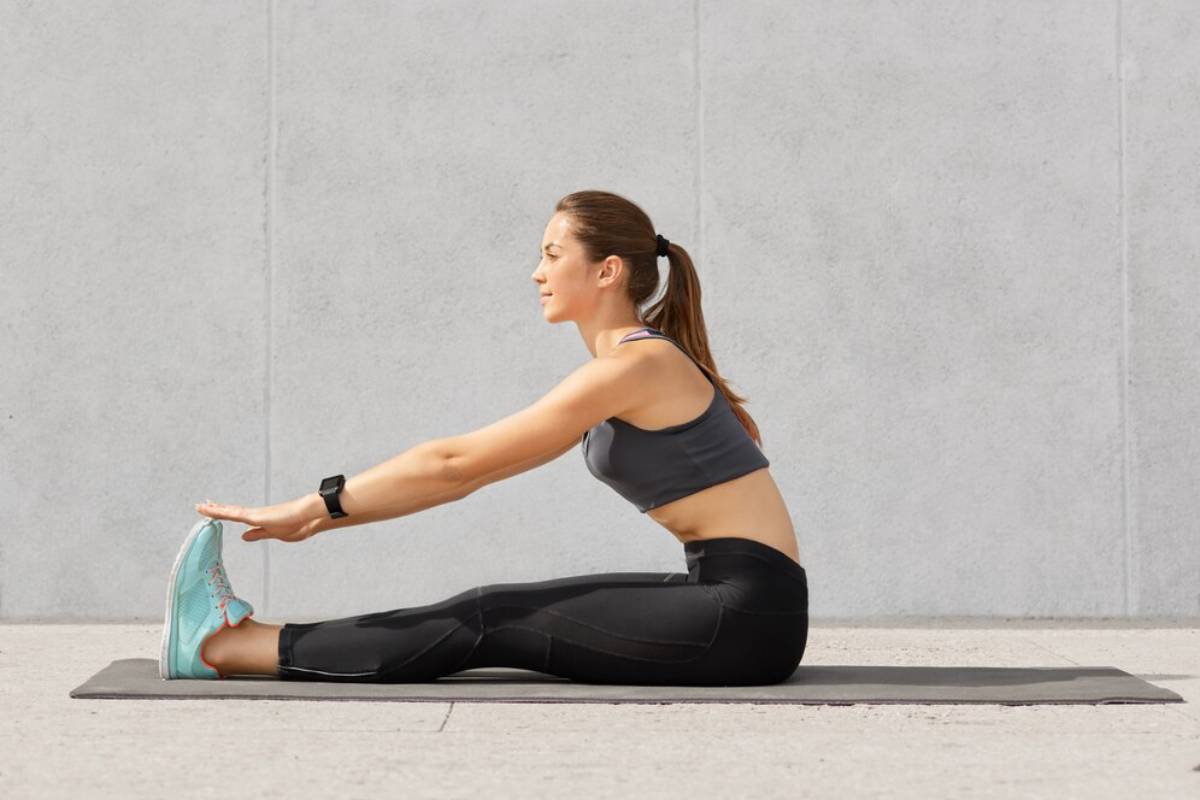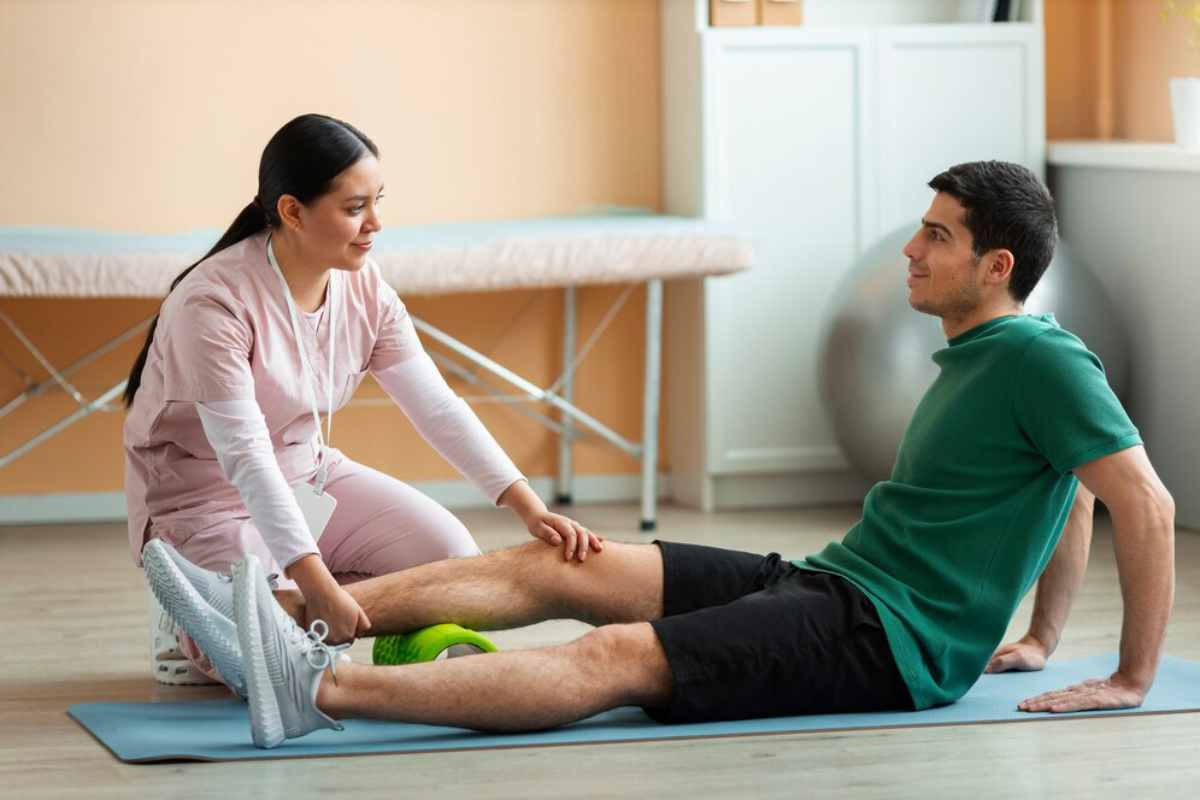
Active Recovery Techniques to Enhance Training
Recovery is as crucial as training. It helps build muscle, boost endurance, and prevent injuries. While rest days are essential, sitting still all day may not be the best way to recover. This is where active recovery comes in.
Active recovery means doing low-intensity activities. These activities help blood flow, reduce muscle soreness, and support overall recovery. They don’t cause extra fatigue.
In this article, we’ll cover:
- What active recovery is and why it matters
- The best active recovery techniques
- How to incorporate active recovery into your training plan
- Common mistakes to avoid
By the end, you’ll have a clear plan to boost your recovery and improve your performance.
What is Active Recovery?
Active recovery means doing low-intensity movements on rest days or after tough workouts. This helps speed up muscle repair and reduce fatigue. Instead of resting completely, active recovery keeps your body moving. It boosts circulation and eases stiffness.
Benefits of Active Recovery
- Increases Blood Flow – Helps deliver oxygen and nutrients to muscles, speeding up recovery.
- Reduces Muscle Soreness – Flushes out lactic acid and metabolic waste from workouts.
- Prevents Stiffness – Keeps muscles and joints flexible, reducing post-workout tightness.
- Enhances Mobility and Flexibility – Supports joint health and movement efficiency.
- Supports Mental Recovery – Light activity can relieve stress and promote relaxation.
Best Active Recovery Techniques
1. Low-Intensity Cardio

Gentle cardiovascular exercise promotes circulation without adding excessive stress to the body. Some excellent options include:
- Walking (20-30 minutes at a relaxed pace)
- Cycling (low resistance, steady pace)
- Swimming (light laps or water jogging)
- Rowing (slow, steady movement)
These activities raise your heart rate a bit. They boost blood flow to sore muscles without adding extra strain.
2. Mobility Work & Dynamic Stretching
Performing controlled, full-range movements helps reduce stiffness and improve flexibility. Some practical mobility exercises include:
- Leg swings – Improve hip mobility
- Arm circles – Loosen up shoulders
- Torso rotations – Enhance spinal flexibility
- Hip openers – Prevent tightness from weight training
Dynamic stretching is excellent before workouts and on recovery days. It helps your muscles and joints function better.
3. Foam Rolling (Self-Myofascial Release)

Foam rolling helps break up muscle adhesions, improving blood flow and reducing soreness. Key areas to target:
- Quads & Hamstrings – Reduces lower body tightness
- Calves – Prevents cramping and stiffness
- Upper Back & Shoulders – Loosens knots from heavy lifting
- Glutes & IT Band – Enhances hip mobility and reduces knee strain
To foam roll effectively:
- Apply gentle pressure and roll slowly over sore areas.
- Pause on tight spots for 20-30 seconds.
- Avoid excessive pressure to prevent irritation.
4. Yoga & Stretching Sessions
Yoga and static stretching promote relaxation, flexibility, and joint mobility. Some of the best poses for active recovery include:
- Child’s Pose – Stretches the back, hips, and shoulders
- Downward Dog – Improves hamstring and calf flexibility
- Pigeon Pose – Opens up the hips and glutes
- Seated Forward Fold – Stretches the hamstrings and lower back
Hold stretches for 20-30 seconds after workouts or on rest days. This helps with recovery and prevents tightness.
5. Light Resistance Training
Using light weights or resistance bands can boost blood flow without straining muscles. Some good active recovery exercises include:
- Bodyweight squats
- Band pull-apart for shoulder mobility
- Glute bridges to activate the posterior chain
- Banded lateral walks to improve hip stability
Performing high reps with low resistance keeps joints mobile and prevents excessive fatigue.
6. Swimming & Water Therapy
Water-based activities reduce joint stress while providing gentle resistance. Benefits include:
- Low-impact movement – Ideal for sore muscles or recovering injuries
- Natural resistance – Engages muscles without heavy loading
- Hydrostatic pressure – Reduces swelling and inflammation
Even walking in a pool can provide active recovery benefits.
7. Breathing Exercises & Meditation

Recovery isn’t just physical—it’s mental too. Stress and poor sleep can slow down muscle repair. Adding deep breathing and meditation to your recovery routine can:
- Lower cortisol (stress hormone) levels
- Improve sleep quality
- Enhance overall relaxation
Try box breathing (inhale for 4 seconds, hold for 4, exhale for 4, hold for 4) for a calming effect.
How to Incorporate Active Recovery Into Your Routine
1. Post-Workout Recovery Sessions
After intense training, including 5-10 minutes of active recovery to reduce soreness:
- Cooldown walk
- Foam rolling session
- Gentle mobility drills
2. Active Rest Days
Instead of taking a complete rest day, choose low-intensity activities to keep the body moving:
- 30-minute walk or light bike ride
- Yoga or stretching session
- Bodyweight exercises at low intensity
3. Morning or Evening Recovery Routine
A quick 10-minute recovery session at the start or end of your day can boost flexibility and help you relax.
Common Mistakes to Avoid in Active Recovery
1. Doing Too Much
Active recovery should be low intensity. Avoid high-effort cardio or excessive resistance training that could delay muscle repair.
2. Ignoring Pain
If movement causes sharp pain, stop immediately. Active recovery should feel good, not painful.
3. Skipping Recovery Altogether
Some people avoid entirely recovery work, leading to prolonged soreness and stiffness. Even 5-10 minutes of movement can make a difference.
4. Relying Only on Passive Recovery
While rest and sleep are essential, doing some form of movement helps speed up recovery.
Conclusion: Active Recovery Techniques to Enhance Training
Active recovery helps muscles recover, lowers soreness, and boosts training performance. Light movement on rest days keeps you active. It helps prevent injuries and improves recovery.
Key Takeaways:
- Active recovery involves low-intensity movement to aid muscle repair.
- Best techniques include walking, cycling, yoga, foam rolling, and light resistance training.
- Post-workout and rest day recovery sessions improve performance and prevent stiffness.
- Avoid overexertion—active recovery should be gentle, not intense.
Prioritising recovery is just as important as training hard. Try these active recovery tips to feel stronger, move better, and train your best!